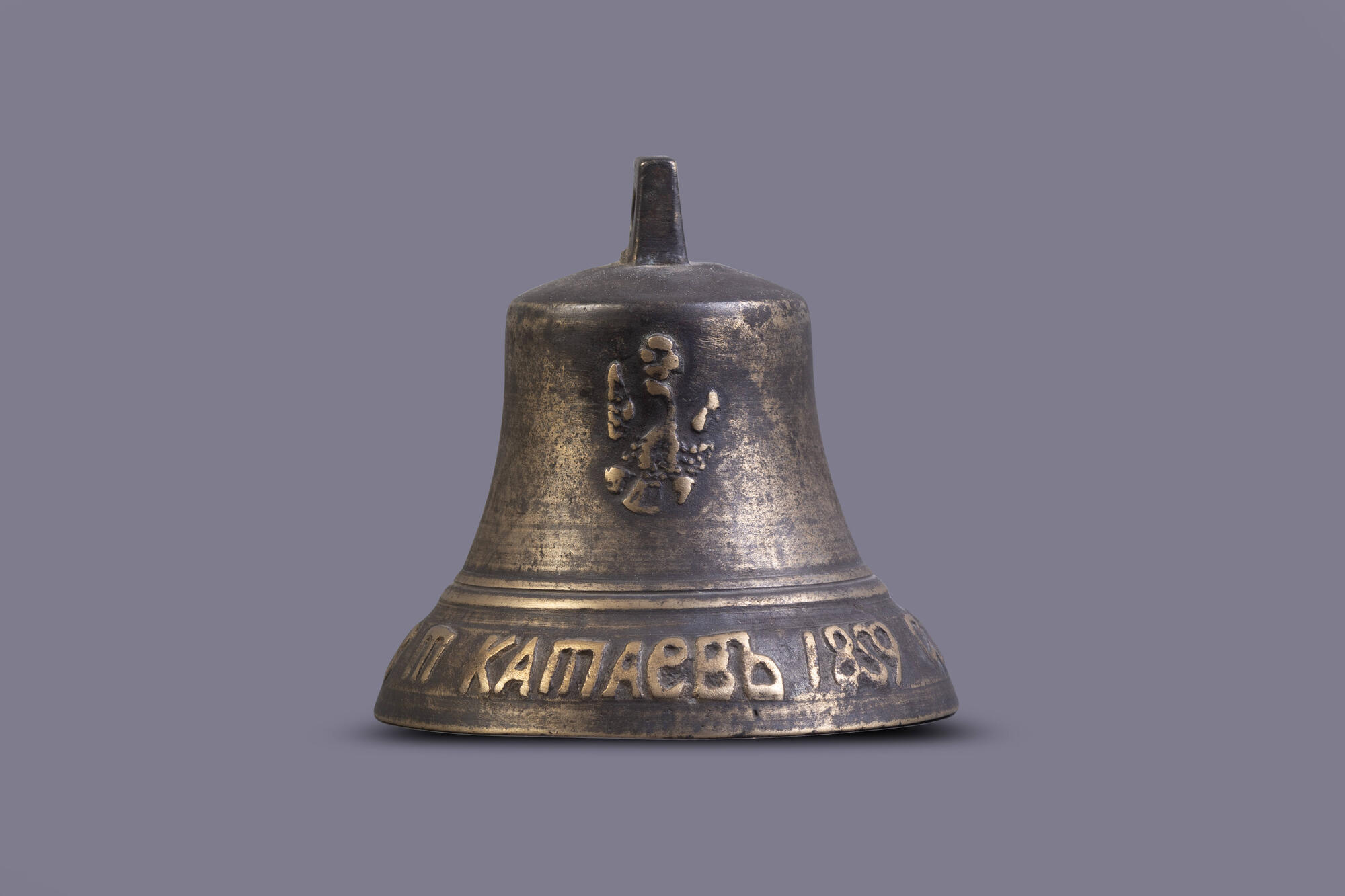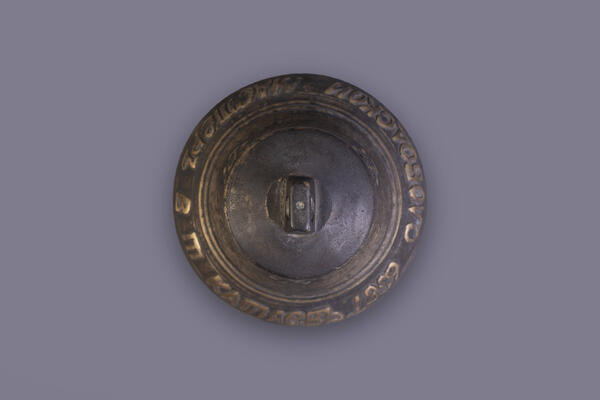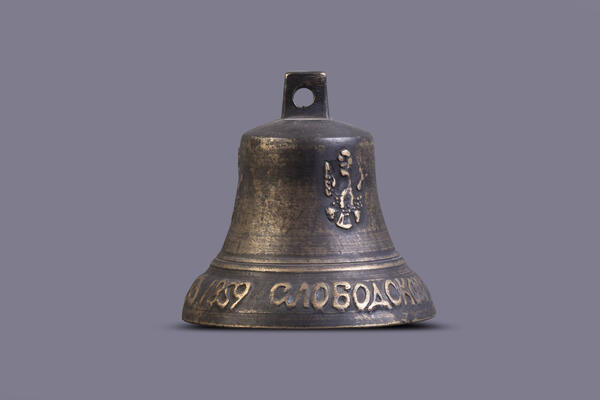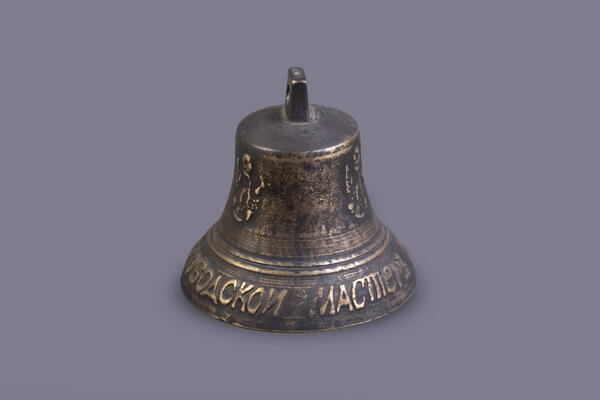From the late 18th century to the early 20th century, shaft bow bells, being a specific Russian phenomenon, played a prominent role in people’s everyday life. The main centers of bell making were Valday, Tyumen, Kasimov, Vologda, Pavlovo, Ryazan and Cheboksary. The most famous dynasties of foundry workers were the Klyuykovs, the Vedeneevs and the Troshin brothers. In the late 19th century, the Valday, Siberian, faceted and cone-shaped bells were in great demand at the Nizhny Novgorod Fair — more than 70 kinds according to the price list, and each variety had several sizes. They were chosen according to their harmony, so that when the troika ran, the bell rang, sang the bass, babbled, and roared.
The bells served as a special means of warning for coachmen. It was forbidden to hang them on ordinary “commoner” carts. And coachmen were considered state officials, wore uniforms and carried only postal freight, not passengers. Valuable parcels, the Tsar’s orders, money and state papers were also transported as cargo. The post office workers therefore enjoyed the right of way and were given an “order for fresh horses” which allowed them to change horses at each check-point. And “for the ride” (for each versta) they were paid a lot of money. So, the bell on the shaft bow was a privilege.
A three-horse harness with a set of big and small bells was called a “coachman’s harmonica” in the olden days. The bells were suspended under the shaft bow of the shaft horse (the middle horse in a troika). At the top of the shaft bow a ring was nailed and the reins of the shaft horse were tied to it. The ring was called a “zga”. The expression “cannot see a zga” referred to such bad weather and poor visibility that a coachman could not see the ring in front of him. The bells were tied to the shaft bow with rawhide belts. There were usually one to three bells, which had different sounds. The bells were made of copper alloy, a ring or forged earring of iron alloy was used as a clapper.
Bells sometimes have numbers on them. Having the same wall thickness, bells may be of different heights and diameters. These sizes are marked by numbers: the smaller the number, the bigger the size. And, as size is related to sound, a bigger number produces a higher tone.
The bells served as a special means of warning for coachmen. It was forbidden to hang them on ordinary “commoner” carts. And coachmen were considered state officials, wore uniforms and carried only postal freight, not passengers. Valuable parcels, the Tsar’s orders, money and state papers were also transported as cargo. The post office workers therefore enjoyed the right of way and were given an “order for fresh horses” which allowed them to change horses at each check-point. And “for the ride” (for each versta) they were paid a lot of money. So, the bell on the shaft bow was a privilege.
A three-horse harness with a set of big and small bells was called a “coachman’s harmonica” in the olden days. The bells were suspended under the shaft bow of the shaft horse (the middle horse in a troika). At the top of the shaft bow a ring was nailed and the reins of the shaft horse were tied to it. The ring was called a “zga”. The expression “cannot see a zga” referred to such bad weather and poor visibility that a coachman could not see the ring in front of him. The bells were tied to the shaft bow with rawhide belts. There were usually one to three bells, which had different sounds. The bells were made of copper alloy, a ring or forged earring of iron alloy was used as a clapper.
Bells sometimes have numbers on them. Having the same wall thickness, bells may be of different heights and diameters. These sizes are marked by numbers: the smaller the number, the bigger the size. And, as size is related to sound, a bigger number produces a higher tone.






